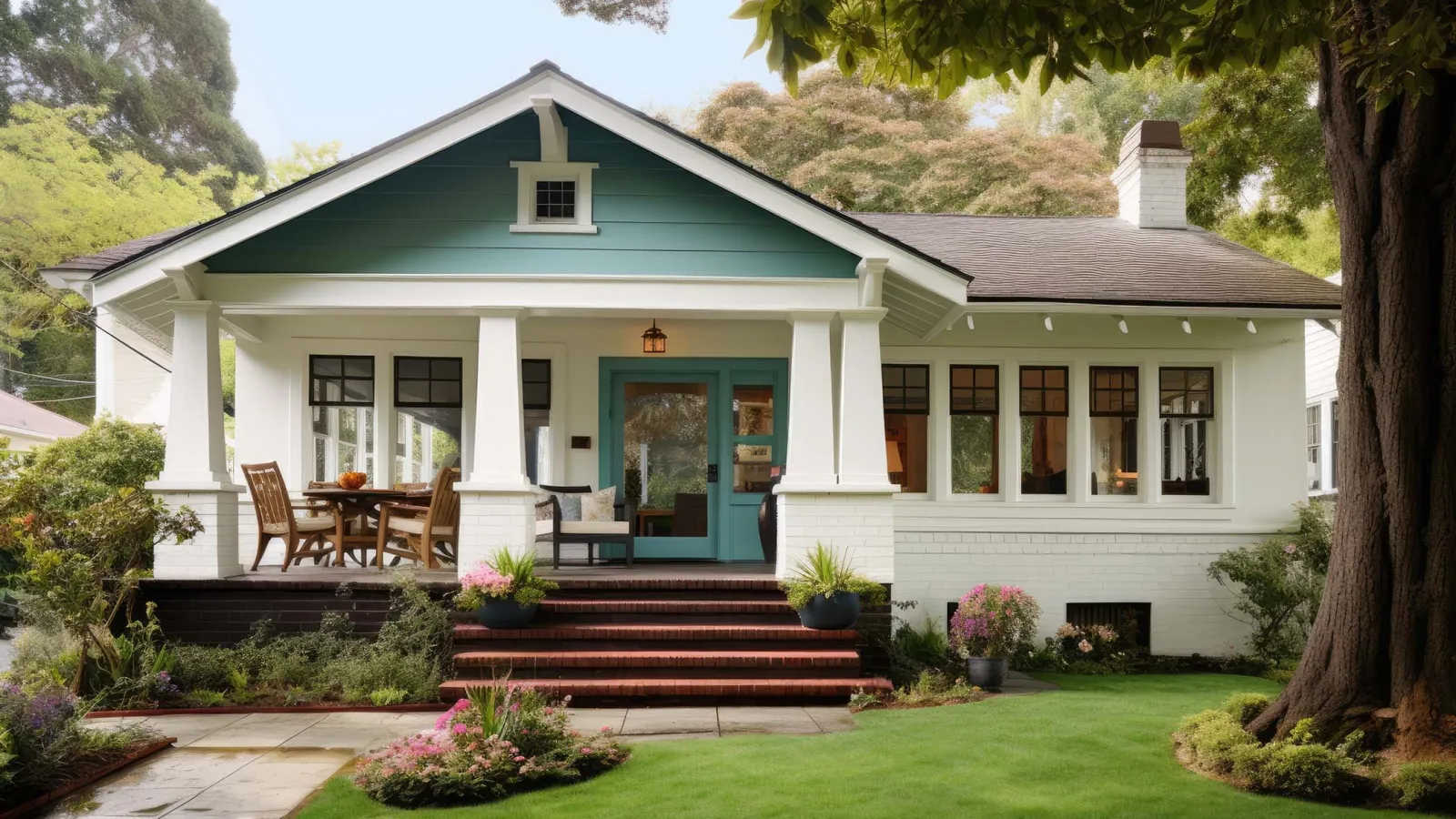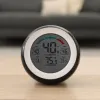If you’re uncomfortable in your house, the reason is often obvious. For example, if you’re feeling too cold, it could be because someone bumped the thermostat down. Turn it up a couple of degrees, and you’re good.
But other times, it’s like you’re in the twilight zone of discomfort.
Like when you’re running the fan above the stove to suck out cooking smoke or steam and you start feeling hot and clammy. You check the thermostat, and it looks like it’s set at a comfortable temperature. What gives?
Or when you’re running the clothes dryer and suddenly you start to sweat. It’s just… weird.
When this stuff happens, bad ventilation may be the problem.
Ok, the ventilation might not be “bad,” per se. It’s more that the ventilation is unbalanced.
By running exhaust fans — think bath fans, kitchen range fans, and clothes dryers — you’re removing a lot of conditioned air from your home. All that air is rapidly replaced by outdoor air that infiltrates your home through all the little gaps and cracks in the building envelope.
Essentially, you’re bringing the outdoors into your home. And you’re bringing in a lot of it.
The result is that you start to feel however you might feel if you were outside. During the summer, you’ll feel our hot, humid Atlanta summer air inside your home. In winter, you’ll feel colder and drier. It’s not very pleasant.
And it makes your HVAC system work way harder than it was designed to in a mostly hopeless attempt to make you comfortable again.
Ok, I think that’s my problem! How do I fix it?
The good news is that you can solve this problem. The bad news is that there isn’t a one-size-fits-all solution. Since every home is different, you’ll need a custom make-up air strategy.
When we get calls from frustrated homeowners about ongoing comfort issues like the ones described above, our team goes through the following steps:
- Visit the home and analyze exhaust fan systems, noting the specs of the equipment to determine how powerful it is
- Get a sense of the client’s habits; do they cook and run the kitchen fan a lot? Do they run a lot of laundries? Do they leave doors and windows closed or open? How long do they leave their bath fans running?
- Perform a blower door test to see how “tight” or “leaky” the home is; newer, high-performance homes tend to be very airtight, and older homes tend to have a lot of air leaks.
- Take measurements with specialized equipment to gauge the amount of air infiltration (and humidity spikes) under various conditions, including while exhaust fan systems are operating
- Propose a make-up air strategy for the client; this approach will effectively balance ventilation in the home so that they can use their exhaust fans as they see fit and always have the right amount of fresh, ventilated, and conditioned air to stay comfortable.
We know what you’re thinking. All of the above sounds fine and good, but…
What’s a “make-up air strategy,” anyway?
If you’re having a problem with unbalanced ventilation and discomfort, a make-up air strategy will involve a method for replacing the air being lost to exhaust fans.
You see, any exhaust fan puts your home under negative pressure. You don’t want your home to be under negative pressure. You want it to be under no pressure at all or perhaps a slight positive pressure.
When it comes to real-world fixes, this usually means we:
- Design a make-up air system with additional fans to balance out the air pressure
- Install variable speed fans that provide the right amount of make-up air to counteract the air being removed by your exhaust fans
- Install backdraft dampers in strategic locations; these dampers help control where your make-up air comes from.
In some cases, we might also suggest replacing bath fans with energy recovery ventilators, or ERVs. By installing an ERV in place of a bath fan, you ensure that the same amount of air being removed is also being replaced with fresh air from the outdoors.
A word about high performance homes
Balancing ventilation can be tricky with any home, but it’s particularly difficult with new, high-performance homes.
Look, we’re big energy efficiency advocates around here. We love high performance homes and think airtight construction is awesome! If you live in a well-sealed, “green” home designed to minimize energy consumption, you’ve made a great choice.
The thing about airtight homes, though, is that they’re, you know… airtight! They don’t ventilate passively. They usually need some help.
So when you run a 1,100 CFM kitchen fan over the stove in a high-performance home, you’re going to have a big problem if you don’t have some kind of make-up air system in place! You’ll have outdoor air coming in from all kinds of weird places (through your bath fan and dryer vent ducts, for instance), and you might even create a dangerous back drafting situation with gas appliances. Nobody wants that.
For the record, building codes state that you need a make-up air system when an exhaust fan is rated at 400 CFM or higher. In a high-performance home, you might even have issues if the fan is 200 CFM!
Do you think your builder was thinking about this when they installed that big, beautiful 1,000+ CFM range hood? Go ahead. Guess.
Unsurprisingly, a lot of the calls we get about ventilation issues are from clients in new, super-airtight homes. Those construction methods are great, but a rigorous make-up air strategy is almost always necessary.
Think you need a make-up air strategy? We do those.
If you have comfort issues and think you’ve got exhaust fan and/or ventilation issues, we can help! Just give us a holler and we’ll head over to address the situation.
There’s always a fix for this problem, and we’ll perform a rigorous analysis that points you toward the most effective long-term solution!






